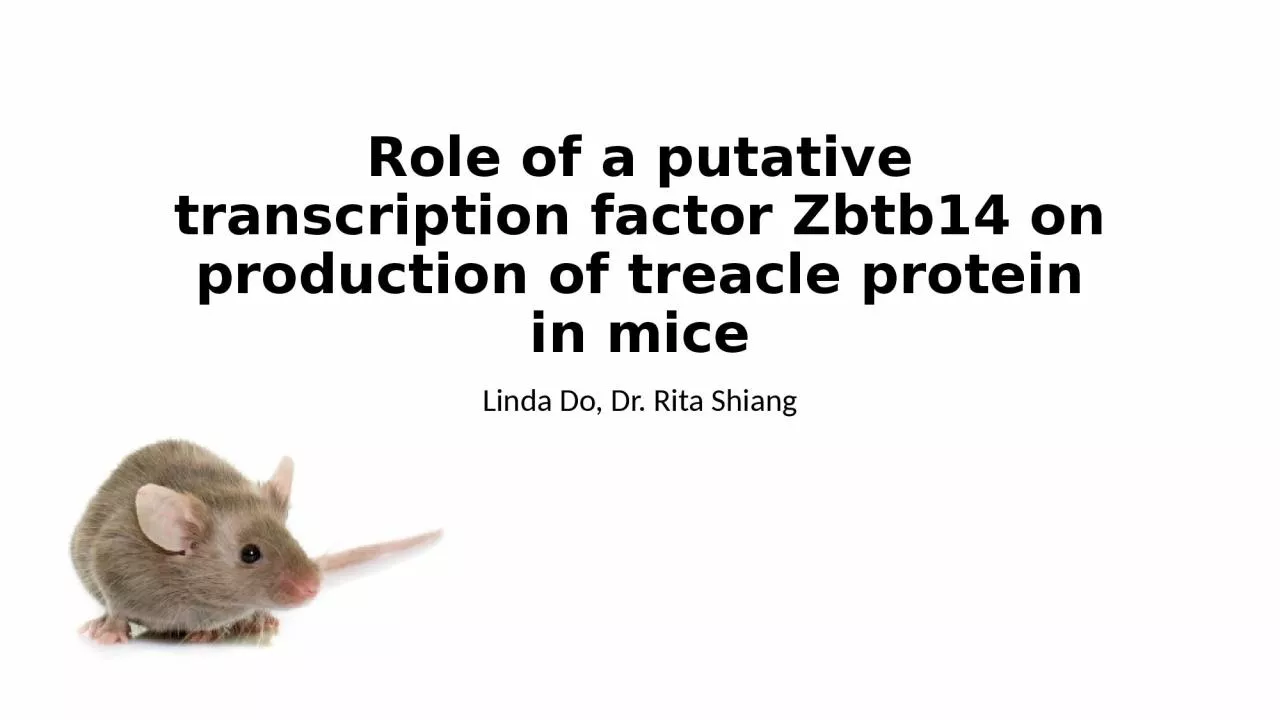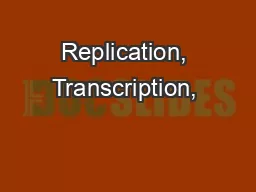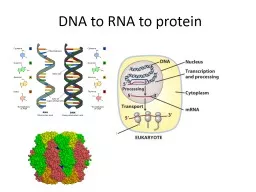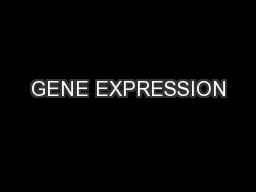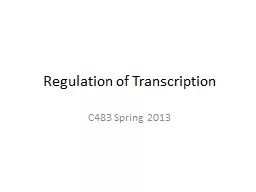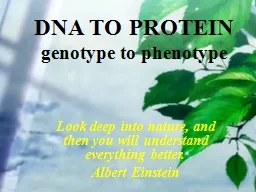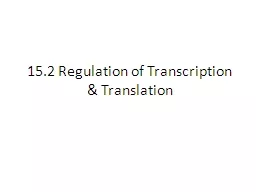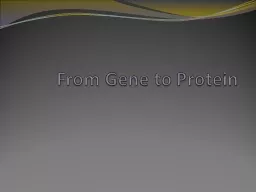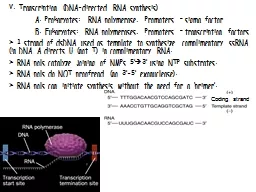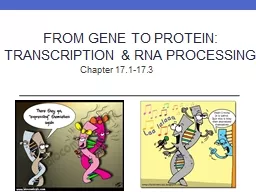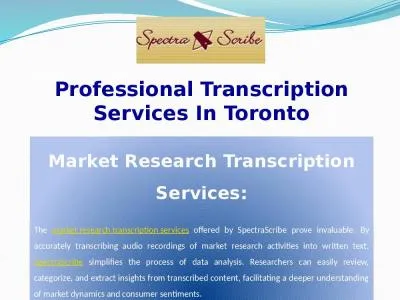PPT-Role of a putative transcription factor Zbtb14 on production of treacle protein in mice
Author : caroline | Published Date : 2024-01-29
Linda Do Dr Rita Shiang Treacher Collins Syndrome Figure from Chang and Steinbacher 2012 Treacher Collins Syndrome Figure from Chang and Steinbacher 2012 Figure
Presentation Embed Code
Download Presentation
Download Presentation The PPT/PDF document "Role of a putative transcription factor ..." is the property of its rightful owner. Permission is granted to download and print the materials on this website for personal, non-commercial use only, and to display it on your personal computer provided you do not modify the materials and that you retain all copyright notices contained in the materials. By downloading content from our website, you accept the terms of this agreement.
Role of a putative transcription factor Zbtb14 on production of treacle protein in mice: Transcript
Download Rules Of Document
"Role of a putative transcription factor Zbtb14 on production of treacle protein in mice"The content belongs to its owner. You may download and print it for personal use, without modification, and keep all copyright notices. By downloading, you agree to these terms.
Related Documents

